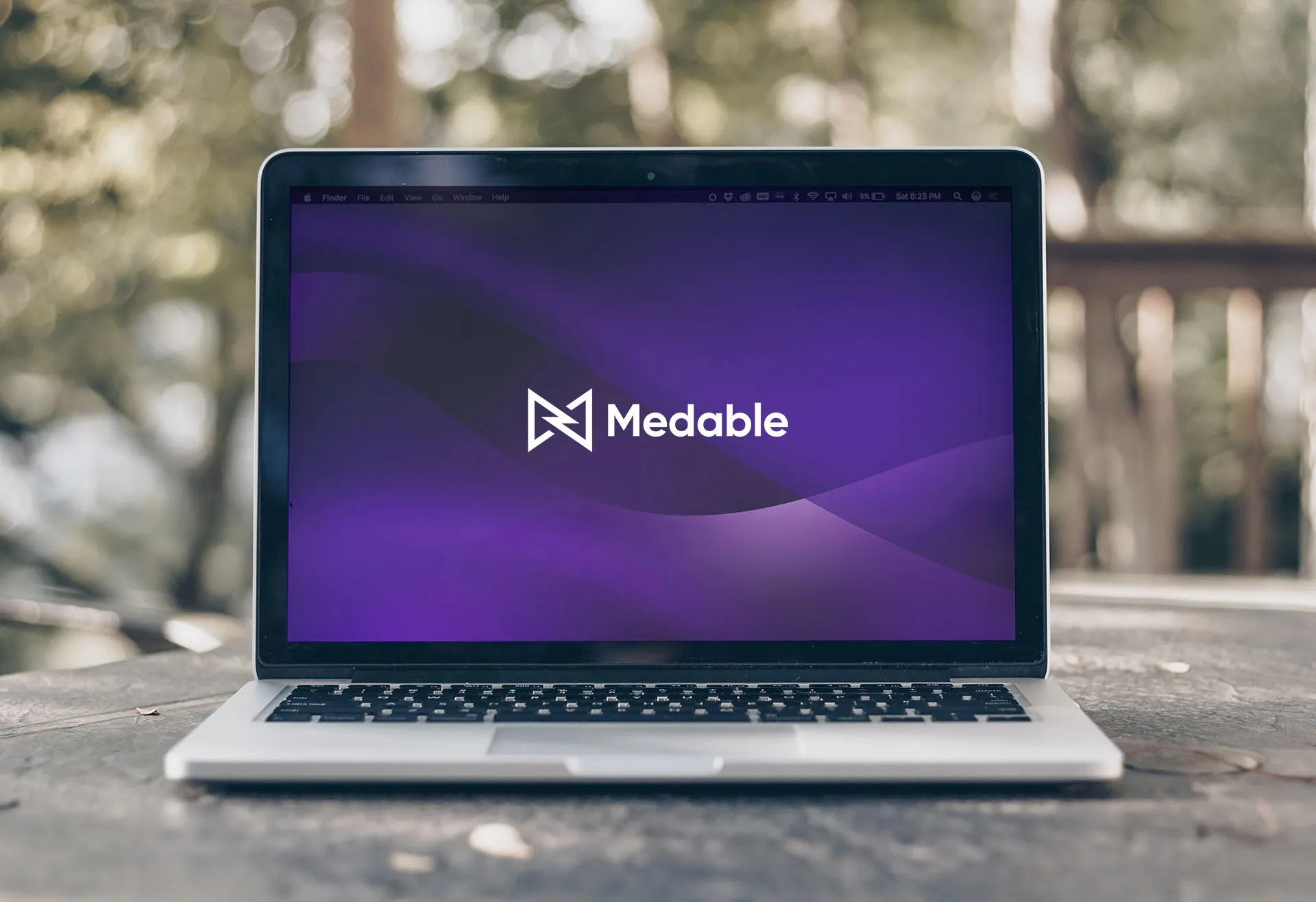Overview
Technology and medicine have become inextricably linked, exponentially increasing the potential for improved health outcomes. Understanding this intertwining relationship is key to examining the current state of medicine and understanding its place within the digital health industry. This blog will discuss the tools of digital health, how they are used, and what can be done with the incredible amount of generated data.
Contents
- Overview
- Digital health vs. digital medicine
- The potential of digital medicine: Exponential data generation
- Stakeholders shaping the industry
- Products making an impact
Digital health vs. digital medicine
The terms “digital health” and “digital medicine” are sometimes used interchangeably, but there are significant differences that set each apart.
Digital health is a broad category that encompasses a wide variety of technologies used with the goal of improving patient outcomes. Technologies can range from wearables—any device that is worn or attached to the body that monitors and collects data—to telehealth services, a term that uses live video to connect patients with clinicians.
Digital medicine refers to digital health tools that require measurement and intervention, such as ingestible sensors and skin patches that focus on generating evidence to show impact.
While digital health has been in development for decades, the field of digital medicine is still relatively new. In fact, the first digital medicine ingestible sensor just gained FDA approval in 2012. Although it’s only been a decade since digital medicine emerged, momentum in this industry is accelerating, with no sign of slowing down.
The potential of digital medicine: Exponential data generation
The more wearables we attach, sensors we ingest or apply, and electronic health records we create, the more real-world data (RWD) is generated. Previously, the amount of data clinicians could collect was limited to when patient contact was made. Now, researchers can get RWD in real-time from the patient’s own environment, 24/7. The vast amount of data made available directly from patients through the devices they use allows for more thoughtfully designed clinical trials and greater insight into how patients actually live day-to-day.
The entire medical industry benefits from this influx of RWD from digital tools. Examples include product developers using data to improve treatment devices to increase the chance of approval, to make regulatory decisions, or to design community health guidelines for clinical practice.
The development of mobile data collection has enabled digital health companies to use RWD to construct datasets that give a more accurate picture of overall health, and the relationship between disease risk and factors like genetics, lifestyle, etc. Medable’s Human Digitome is an example of using digital medicine data sources collected over time to construct a “fully digital representation of human health and disease,” leading to the development of better-individualized treatments and an improved understanding of why disease occurs.
In fact, the more information we can learn about individuals from these data-capturing devices, the better the entire medical field will be able to deploy precision medicine, which is a field that takes into account individualized factors when designing a person’s healthcare. This enables treatments with greater efficacy to be prescribed, instead of relying on a care plan for the average person—a problematic “one size fits all” approach.
Stakeholders shaping the industry
Digital medicine, like all sectors of the medical field, has multiple stakeholders, all with different goals and uses for the data collected—this includes patients, clinical care providers, healthcare researchers, regulators, data scientists, engineers, and more.
While patients remain at the center of digital medicine, providers use the data to drive treatment decisions. Researchers examine digital tools and conduct studies to lay the groundwork for future development. Like traditional medicine, regulators will have a significant role, and an increasing number of data scientists will be needed to handle the data. Engineers will create the tools digital medicine is built on, and, as always, funding will have a significant impact on advancement.
Products making an impact
While some wearable sensors have become ubiquitous, such as smartwatches that track everything from heart rhythm to sleeping patterns, there are many other digital medicine products impacting patients in everyday life and offering better data for providers.
Currently, there are over 400 trials listed on ClinicalTrials.gov that include wearable sensors as part of the study. This includes everything from a wearable similar to a smartwatch with a sensor used to detect seizures (Mohawk College study) to a wearable sensor that uses music and modulates rhythm for people with Parkinson’s Disease (MedRhythms, Inc. study).
Continuous glucose monitors (CGMs) are wearable sensors that allow those with diabetes to forgo finger pricking and instead continually track changes in glucose levels every few minutes. Another example is the smarter insulin pen, which offers injection reminders and makes it easier to track how much insulin is used.
Colonoscopy procedures are beginning to use digital health tools like Artificial intelligence (AI) and biosensors. Beyond detection, such procedures can now use real-time data to remove polyps on the spot. AI has been particularly instrumental in identifying lesions that could be cancerous and need closer inspection during the procedure. As a colonoscopy alternative, there are now ingestible pills that hold cameras, capturing several frames per second as they travel through the bowel.

.webp)








.webp)
